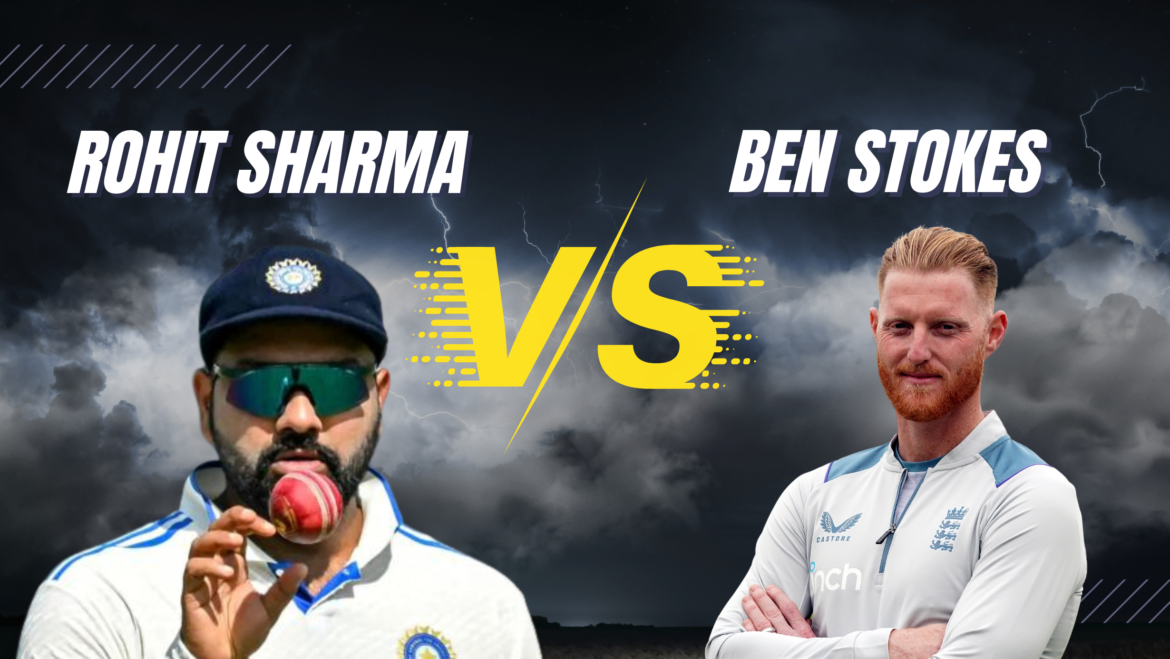Introduction: A Rivalry Rooted in History
The rivalry between the India National Cricket Team and the England Cricket Team is among cricket’s most celebrated and enduring contests. Spanning nearly a century, this historic rivalry captures the evolution of cricket and the cultural and political exchanges between two nations with vastly different histories. The timeline of encounters between these two cricketing giants showcases thrilling matches, legendary performances, and moments that have shaped the sport.
Early Encounters: The Dawn of a Legacy (1932-1947)
The first Test match between India and England occurred at Lord’s in 1932. This historic moment marked India’s debut as a Test-playing nation. Led by C.K. Nayudu, the Indian team’s performance was commendable, though England emerged victorious. The encounter was significant, highlighting India’s potential to compete on the global stage.
During the pre-independence era, cricket became a symbol of India’s aspirations. Despite limited resources and infrastructure, Indian players demonstrated resilience and skill, laying the groundwork for a competitive cricketing nation. Matches during this period were sporadic, but each contest added a new chapter to the burgeoning rivalry.
Post-Independence Era: Building Competitiveness (1947-1970)
India’s independence in 1947 ushered in a new era for its cricket team. The series between India and England in 1952 was a milestone, as India secured its first-ever Test victory at Madras (now Chennai). This win was a sporting achievement and a statement of India’s growing stature in world cricket.
The 1960s saw India improving steadily, with players like Polly Umrigar, Vijay Manjrekar, and Tiger Pataudi leading the charge. Conversely, England continued to dominate with experienced players such as Ted Dexter and Colin Cowdrey. The matches were fiercely contested, but England maintained the upper hand for most of this period. However, the seeds of a balanced rivalry were sown as India’s performances grew more consistent.
The 1970s: Turning the Tide
The 1970s marked a significant shift in the India vs England timeline. India’s overseas victory against England in the 1971 Test series, under the captaincy of Ajit Wadekar, was a watershed moment. The Indian team, led by the iconic spin quartet of Bishan Singh Bedi, Erapalli Prasanna, Bhagwat Chandrasekhar, and Srinivas Venkataraghavan, outclassed England’s batting lineup. This series victory remains one of the most cherished in Indian cricket history.
Although stunned by India’s resurgence, England continued to field strong teams. Players like Geoffrey Boycott and Derek Underwood ensured that the rivalry remained competitive. The decade saw the emergence of Sunil Gavaskar, whose batting brilliance further strengthened India’s position.

The 1980s: An Era of Fierce Competition
The 1980s saw the rivalry intensify as both teams fielded world-class players. Under Kapil Dev’s captaincy, India’s historic win in the 1986 series in England showcased the team’s growing confidence on foreign soil. The highlight was India’s innings victory at Lord’s, thanks to Dilip Vengsarkar’s masterful batting and Chetan Sharma’s hat-trick.
England, too, had its moments, particularly during the 1984-85 series when David Gower’s team triumphed in India. The matches were often characterized by dramatic turnarounds, with the pitches in both countries testing the adaptability and skill of players. This period also witnessed the rise of players like Ravi Shastri and Mohammad Azharuddin for India and Ian Botham and Mike Gatting for England, ensuring the rivalry remained unpredictable.
The 1990s: The Era of Modern Legends
The 1990s introduced modern legends who would define the India vs England contests for years. Sachin Tendulkar, often hailed as the “God of Cricket,” made his mark with a memorable century at Old Trafford in 1990. This innings was a testament to India’s new generation of fearless cricketers.
England, led by players like Graham Gooch, Alec Stewart, and Michael Atherton, continued challenging India’s home dominance. The matches during this decade showcased a blend of traditional Test cricket values and emerging aggressive styles, reflecting the evolving nature of the game.
One of the most iconic moments came during the 1993 series when Anil Kumble’s spin decimated the English batting lineup, helping India secure a comprehensive victory. This period also saw a shift in the balance of power as India became increasingly formidable on home soil.
Also, Read The Following: drew brees makes his nbc debut, internet amazed by his new hair.
The 2000s: A New Millennium, A Renewed Rivalry
The turn of the millennium brought a renewed vigour to the India vs England rivalry. Sourav Ganguly’s leadership transformed the Indian team into a competitive unit capable of winning worldwide. The famous NatWest Trophy final in 2002, where India chased down 326 at Lord’s, remains one of the most thrilling ODI matches between the two teams.
Test cricket also saw some epic battles. The 2007 Test series in England, where India clinched a 1-0 victory, was a highlight. Led by Rahul Dravid, India’s pace attack, featuring Zaheer Khan, played a crucial role in the triumph. England, under Andrew Strauss and Kevin Pietersen, continued to challenge India, ensuring that the rivalry never lost its spark.
The 2010s: Dominance and Resurgence
The 2010s witnessed both dominance and resurgence in the India vs England timeline. India’s series victory in England in 2014, under the leadership of Mahendra Singh Dhoni, was a testament to their adaptability. The emergence of Virat Kohli as a prolific run-scorer added a new dimension to the rivalry. Kohli’s battles with England’s bowling attack, notably James Anderson, became a focal point of these contests.
England, too, enjoyed success, particularly during the 2012 series in India, where Alastair Cook’s team secured a historic win. Cook’s batting and the spin duo of Graeme Swann and Monty Panesar were instrumental in England’s triumph. The decade also saw thrilling encounters in limited-overs cricket, with players like Jos Buttler and Ben Stokes adding firepower to England’s lineup.
The 2020s: The Rivalry in a New Era
As the rivalry continues into the 2020s, it has adapted to the modern demands of cricket. The advent of the World Test Championship has added context and stakes to Test matches. India’s victory at Lord’s in 2021, with standout performances from KL Rahul and Jasprit Bumrah, underscored their resilience and fighting spirit.
England, under the leadership of players like Joe Root and Ben Stokes, remains a formidable opponent. The matches are a test of skill and a spectacle for fans worldwide. The rivalry’s enduring appeal lies in its ability to produce moments of brilliance, whether through Virat Kohli’s batting or James Anderson’s masterful swing bowling.
Conclusion: A Rivalry for the Ages
The India National Cricket Team vs England Cricket Team timeline is a testament to the beauty of cricket and the spirit of competition. From the early days at Lord’s to modern-day battles in the World Test Championship, this rivalry has evolved while retaining its essence. It has given fans countless memories, celebrated the art of cricket, and built a legacy that transcends boundaries.
As the two teams continue to face off, the rivalry remains a cornerstone of international cricket, inspiring players and captivating audiences around the globe. With every match, a new chapter is written, adding to this legendary contest’s rich tapestry.


